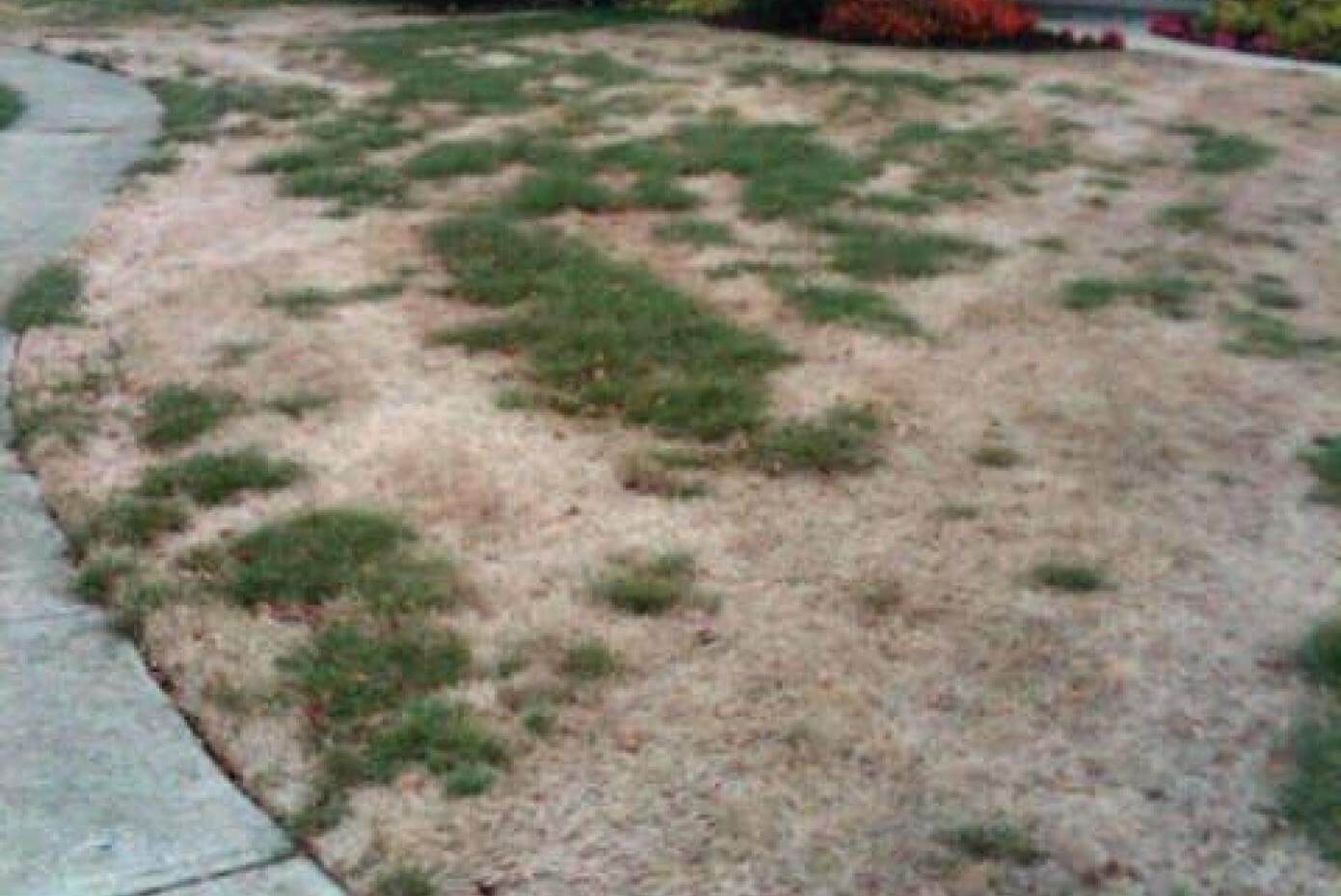You didn’t miss anything
If you’re wondering whether you missed your September Smith Seed Newsletter and Price sheet, wonder no more. We were busy shipping and did not have time to put last month’s edition together. And yes, given the opportunity, we’d do it again! :)
The “Desiccation-Restoration” Business
A number of years ago, someone in our industry coined the phrase, “we are in the desiccation-restoration business.”
How true is this, and how thankful we are that so much of the country actually needed seed this fall. While we all know that prices are low and margins are slim, the very good news is that seed movement this past six weeks has been the best our industry has seen in many months. We are also hopeful that the season will continue to be strong throughout October.
Improved consumption combined with reduction in acres on high inventory crops are both encouraging steps toward a future where prices and margins will also be better. While we might not see new construction come back soon, at least we can hope for a little desiccation... every once in a while. ;)
Shipping Woes Continue
As the fall season wraps up, shipping challenges and frustrations over finding equipment have actually worsened. The railroad companies have increased base prices three times over the last month and over-the-road trucks have been both sparse and expensive. Please don’t delay in ordering your final fall shipments, if you can.
Furthermore, until we hear otherwise, it is probably best to assume that these shipping challenges will be there for winter and spring. With seed prices low, you may be better off ordering more than you may need and getting it in, rather than waiting too late and having to pay higher freight prices.
Canadian Harvest Update
We asked some of our friends in Canada for an update on this year’s harvest. Here’s what they told us: Creeping red fescue harvest came in light. Worse yet, the acres harvested and the acres in the ground continue to be down significantly. The timothy crop came in light as well. Weather in the primary production areas for yellow blossom sweet clover, alsike, mammoth, medium red, and alfalfa was extremely wet and cold. Harvest has been delayed; in fact, no alfalfa has been harvested yet. When asked about when we might be able to start pricing these crops, we were told, “tell us what the weather is going to be like the next four weeks.”
Cover Crops - So how’s it working out for you?
A number of our customers have recognized an increased interest in the use of cover crops. Some have actually realized financial gain from either new involvement or increased involvement in this market. (A pleasant relief from other markets!) As the season winds down, it might be a good time to assess how this past season fared and prepare to gather your thoughts for next season. What else could you deliver next year? Any potential problems that you can solve with improved knowledge, service or products? If it helps, here’s some of our thoughts: We need to continue to increase our knowledge, expand our product offering, and multiply the number of questions we ask. We intend on providing solutions. These solutions include our new OMRI approved coating and inoculants, which can help organic growers use cover crops without risk of losing their organic status. The use of coatings holds much promise to improving seeding methods, expanding the cover crop seeding window, and increasing germination, establishment, and yields of cover crop legumes. Interested in working together? Let us know. Also, visit our new website: CoverCropSeeds.com
